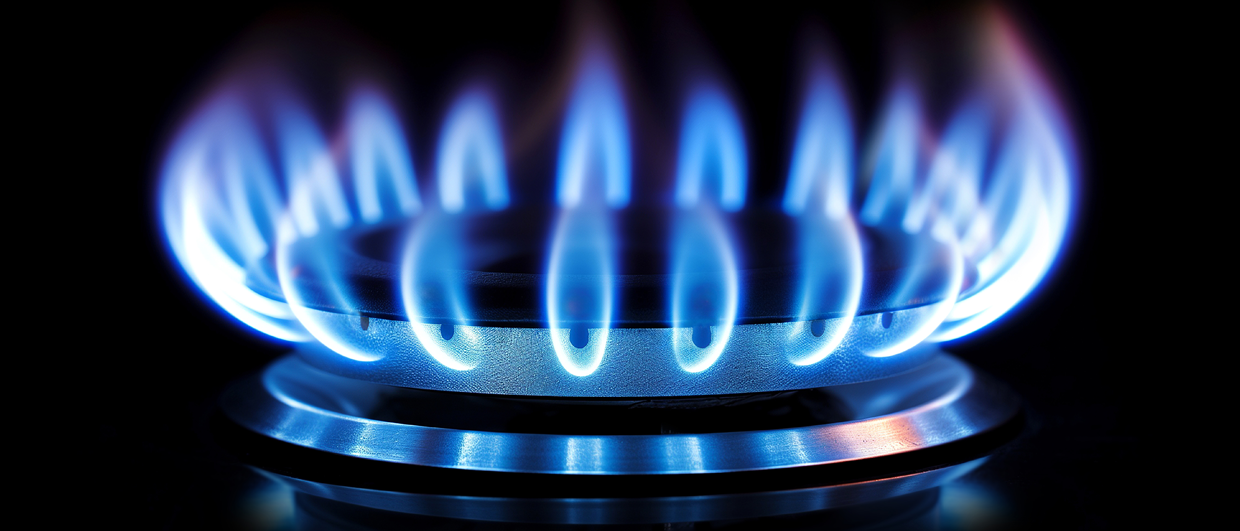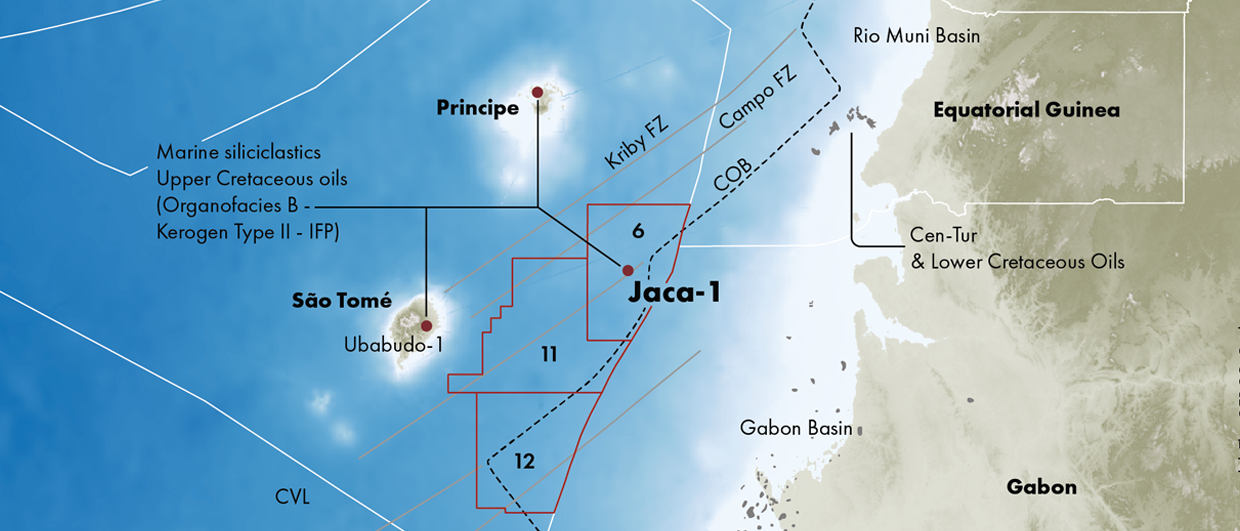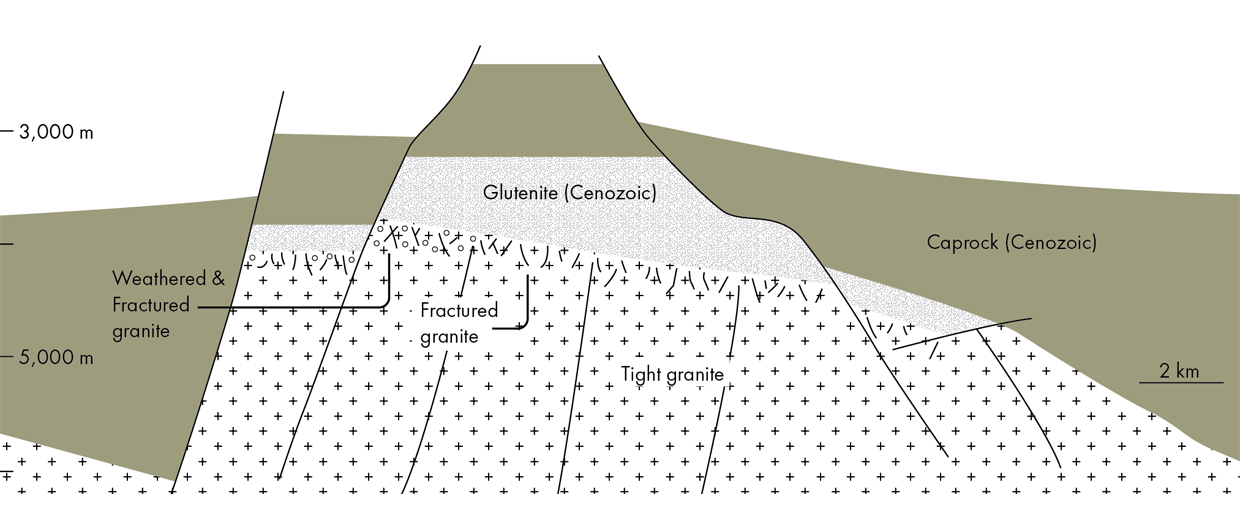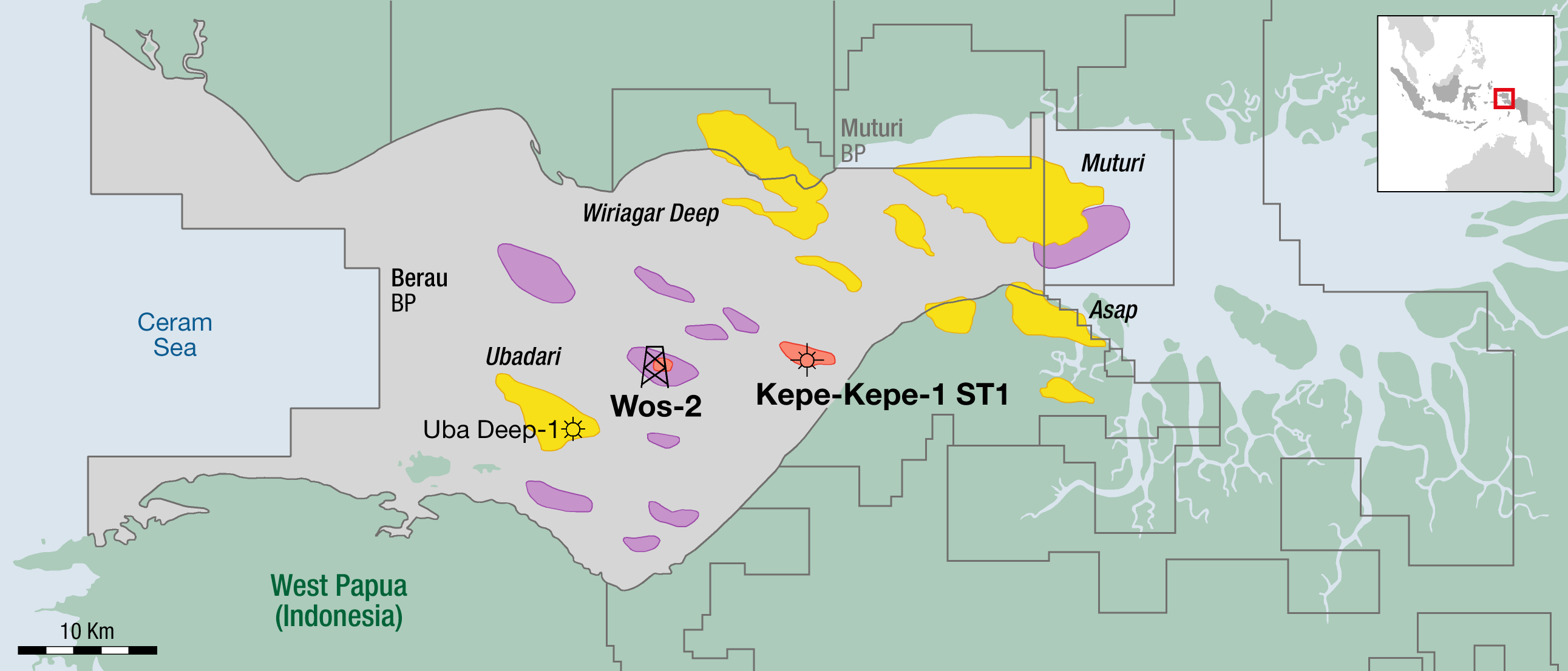South East Asia is an important player in the hydrocarbon industry. It is very strategically positioned, with over half of the world’s merchant fleet capacity passing through the Malacca Straits annually.
The region has been engaged in oil and gas production since the beginning of the last century, first and foremost in Indonesia and later also in Myanmar and Brunei. It was only when offshore exploration was fully introduced in the 60s that oil and gas production became notable in a significant country like Malaysia. And only during the recent decades has production started up in countries like Thailand, Vietnam and the Philippines. Traditionally, the focus of the region has been on oil production, but there has been a constant, strong growth in gas production since the beginning of the 70s. In 2011 South East Asia had an average oil production of just above 2.5 MMbopd and gas production of almost 3.7 MMboepd. Oil production has slowly been declining since its peak at the turn of the millennium, and gas production passed that of oil in 2005.
Moving Offshore
 South East Asia reserves and resources by country and production status (MMboe). Cource: UCube
South East Asia reserves and resources by country and production status (MMboe). Cource: UCube South East Asia 2011 oil and gas production compared with other regions of the world (Mboepd). Compared to global production, South East Asia is a relatively minor region. In 2011 oil production contributed to less than 3% of global production, whereas it is a more significant player when it comes to gas, with approximately 6.5% of global production. However, South East Asia plays an important role within LNG and the region is currently by far the largest LNG exporter in the world besides Qatar. Source: UCubeSince the introduction of offshore exploration and production in the 60s, South East Asia has gone through a remarkable transition from an onshore to an offshore-focused region. In 1965 the offshore represented just 2% of total production, rising to 50% by 1985, and by 2011 more than 80% of oil and gas production came from offshore fields, the highest offshore share in the world. With emerging new technologies South East Asia has also moved to deepwater production (>125m), and from the startup of the first main deepwater field in Malaysia in 1996, deepwater production now makes up more than 10% of the offshore production, with an increasing trend.
South East Asia 2011 oil and gas production compared with other regions of the world (Mboepd). Compared to global production, South East Asia is a relatively minor region. In 2011 oil production contributed to less than 3% of global production, whereas it is a more significant player when it comes to gas, with approximately 6.5% of global production. However, South East Asia plays an important role within LNG and the region is currently by far the largest LNG exporter in the world besides Qatar. Source: UCubeSince the introduction of offshore exploration and production in the 60s, South East Asia has gone through a remarkable transition from an onshore to an offshore-focused region. In 1965 the offshore represented just 2% of total production, rising to 50% by 1985, and by 2011 more than 80% of oil and gas production came from offshore fields, the highest offshore share in the world. With emerging new technologies South East Asia has also moved to deepwater production (>125m), and from the startup of the first main deepwater field in Malaysia in 1996, deepwater production now makes up more than 10% of the offshore production, with an increasing trend.
The number and size of companies operating in the region is quite different between the countries, reflecting when in history oil and gas exploration commenced. In Indonesia, where exploration started early, majors and other international companies have traditionally had a much higher share of production than Pertamina, the national oil company, and other domestic companies. At the same time the country has allowed a very large number of companies, more than 200, to operate in it. For Malaysia, however, where production commenced in the 60s, the situation is quite the opposite, with Petronas, the national oil company, controlling about 50% of the working interest production. In total less than thirty companies are active in the country. However, Malaysia is now trying to motivate the creation of new domestic companies as well as inviting international companies to take over tail-end production of selected fields from Petronas, as well as explore for new resources in the country.
Looking at the entire South East Asian region, in 2011 international oil companies held a 60% share of production. The largest producer in the region in 2011 was Petronas, while the largest international players are Chevron and Shell, who have chosen different countries for their main focus. All seven supermajors are present in the region to a lesser or greater extent, which generally is regarded as a positive sign.
Looking Ahead
 South East Asia oil and gas production forecast by main countries (Mboepd). Source: UCubeLooking forward, South East Asia is expected to have a relatively stable rate of total oil and gas production, staying above the 6 MMboepd mark for the coming years. The strong growth in gas production in the past has now flattened out and will instead show a small decline, whereas oil production is anticipated to remain stable. The main challenge for the region is that current producing fields will experience a steep decline from 2013, so maintaining current production levels will require the development of many new fields as well as future exploration success. In addition, the shift towards offshore and deepwater will continue, making future developments more technically and financially challenging. On the other hand, most hydrocarbons are probably conventional, reducing uncertainties and costs for future exploration and developments.
South East Asia oil and gas production forecast by main countries (Mboepd). Source: UCubeLooking forward, South East Asia is expected to have a relatively stable rate of total oil and gas production, staying above the 6 MMboepd mark for the coming years. The strong growth in gas production in the past has now flattened out and will instead show a small decline, whereas oil production is anticipated to remain stable. The main challenge for the region is that current producing fields will experience a steep decline from 2013, so maintaining current production levels will require the development of many new fields as well as future exploration success. In addition, the shift towards offshore and deepwater will continue, making future developments more technically and financially challenging. On the other hand, most hydrocarbons are probably conventional, reducing uncertainties and costs for future exploration and developments.
With regard to remaining reserves and resources, Indonesia offers by far the largest opportunities, holding an estimated 63% of total remaining volumes within the region. In fact, Indonesia is among the top ten countries of the world with undiscovered resources, the majority of which are located in still unawarded and rather remote areas. Even if one ignores the risked but more uncertain undiscovered volumes, Indonesia still accounts for 48% of the undeveloped resources of the region.
For the entire region it is positive that the portfolio of remaining reserves and resources consists of a mix of producing fields, new developments, a high number of discoveries and a very large exploration upside, all of which will be important in order to maintain oil and gas activities and to attract more international players in future. Bearing in mind that the development of undiscovered resources in Indonesia lies many years ahead, Malaysia is expected over the next seven to eight years to have almost as high oil and gas production as Indonesia. However, from approximately 2020 onwards Indonesia, building on its high growth potential, will again become the clear number one country within the region.
Main Fields and Projects
 Arne Gulbrandsen is a Partner with Rystad Energy, an independent oil and gas consulting services and business intelligence data firm headquartered in Oslo, Norway.In many regions of the world the era of relatively few but large fields is being replaced by a high number of small fields going forward. In South East Asia this is only partly true, since the region traditionally has always had a high number of relatively small fields, with only a handful of them reaching more than 50,000 boepd. Going forward, more than 100 new fields are expected to be developed during the remainder of the decade, but with average production of not more than 30,000 boepd. This may discourage large international companies from investing in the region, but on the other hand it may well attract a high number of smaller oil and gas companies as well as start-up firms to the region.
Arne Gulbrandsen is a Partner with Rystad Energy, an independent oil and gas consulting services and business intelligence data firm headquartered in Oslo, Norway.In many regions of the world the era of relatively few but large fields is being replaced by a high number of small fields going forward. In South East Asia this is only partly true, since the region traditionally has always had a high number of relatively small fields, with only a handful of them reaching more than 50,000 boepd. Going forward, more than 100 new fields are expected to be developed during the remainder of the decade, but with average production of not more than 30,000 boepd. This may discourage large international companies from investing in the region, but on the other hand it may well attract a high number of smaller oil and gas companies as well as start-up firms to the region.
The largest producing fields for the coming period are Vorwata, Tunu and Duri in Indonesia and Bayu/Undan in the Timor Sea joint development area between East Timor and Australia. The largest new development projects are Gumusut-Kakap in Malaysia and Hai Thach (Sea Stone) in Vietnam, both starting production in 2013. Behind these follow a number of small to medium sized discoveries, primarily in Indonesia and Malaysia. As one can understand, in terms of discovered volumes, the two latter countries are the places to be, even though Vietnam, Thailand and Myanmar have a relatively interesting exploration upside.
The large number of existing and new fields in the coming years in the South East Asia region is good news for the oil service industry. The region will experience a very strong growth in E&P spending over the next four years, with the strongest growth taking place in offshore drilling and subsea installation, reflecting the increased offshore exploration and development in the region.
South East Asia will thus remain an attractive region going forward. In the immediate future we will probably see a growth in smaller companies attracted by the large number of small fields to be developed, as well as fields with tail-end production becoming available. In the longer view, Indonesia with its potential for a large volume of undiscovered resources should be particularly interesting for the super majors and other larger, international companies with offshore and deepwater competence.





